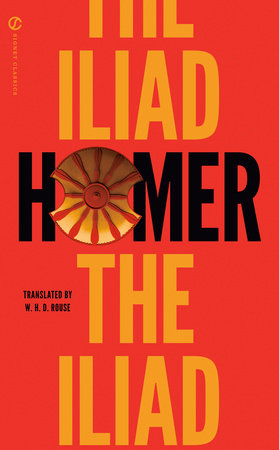
The second year I lived in Japan, I found a image of one of Hiroshi Sugimoto’s seascapes in a magazine. I cut it out and stuck it to my refrigerator with a magnet, mesmerized by the comment in the caption that Sugimoto teaches us to see. I meditated on this image almost every day, trying to learn or relearn how I saw and to learn how to see with new eyes – no small feat considering the Japanese rarely even see the sea despite the miles and miles of coastline of that island nation. When I left Japan (and therefore the sea), I tucked away this clipping in my scrapbook, but I never forgot about my seeing exercises based on Sugimoto’s minimalist photograph.
Saturday we attended a preview of End of Time, a retrospective of Sugimoto’s work over the past thirty years at the Fort Worth Modern. The collection included selections from all of his well-known series: dioramas, theatres, portraits, architecture, and seascapes.
In his seascapes, the perspective never changes: the horizon is perfectly placed at the same level (in the center, in perfect balance) in each photograph. Obviously the time of day changes from photograph to photograph, but there are no other elements to disturb the sea, the sky, or the light. It’s not until you read the “titles” posted near the entrance that you even realize that each sea is completely different; that is, one is the Baltic, another the Atlantic. He erases typical expressions of time (not the simple night/day dichotomy, but rather the “when [in the Geshichte sense] was this photo taken” quality: last year? the nineteenth century? at the beginning of time?) as well as geography. Each photograph is the same in its difference, and each viewing of each seascape is the same despite centuries of difference. My view of the sea is the same as every other view of the sea, whether it’s Magellan’s or Noah’s: the elements do not change. And yet the sea is constantly changing.
Stevie Nicks sang in “Edge of Seventeen”: “But the sea changes colours, but the sea does not change.” (I like the double “but” – the necessary self-contradicting/self-interrupting to get the point across.) And before her, Heraclitus wrote that one does not step into the same river twice, meaning not only that the river has changed (and yet is the same) but also that the person is the same (and yet has changed). More recently, the Wallflowers sang in “One Headlight”: “Man, I ain’t changed, but I know I ain’t the same.” But perhaps I’m digressing.
Or perhaps I’m trying to make a point (in a roundabout way) that these seas are the same and yet they are not the same (except in their difference). And yet these images are merely static photographs and do not change from exhibition to exhibition. But I certainly have changed since the first time I saw them as well as since the second time I saw them. And yet I’m still the same old me, no?
I encourage any “good postmodern” (a la Susan J.) to think (in the Heideggerean sense) about Sugimoto’s work. But (in the Stevie Nicks sense) not to merely reduce it to nihilism (like any bad or misinformed postmodern (a la Susan J.)) but to let the world (again in the Heideggerean sense) open up to the truth of being. And to finally learn to see.

